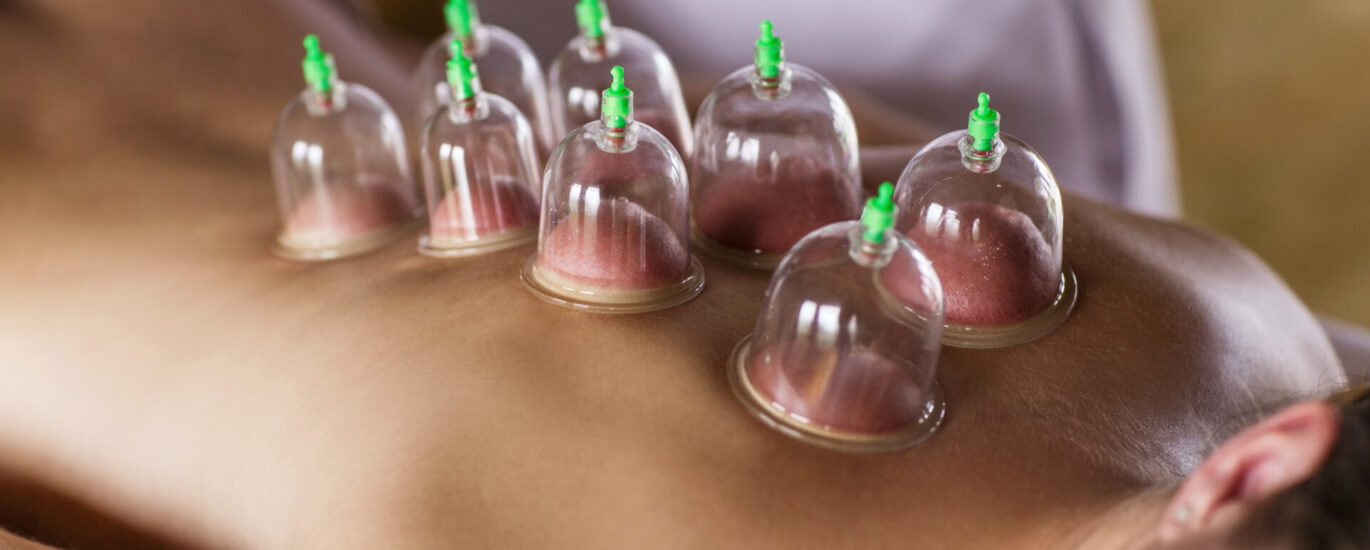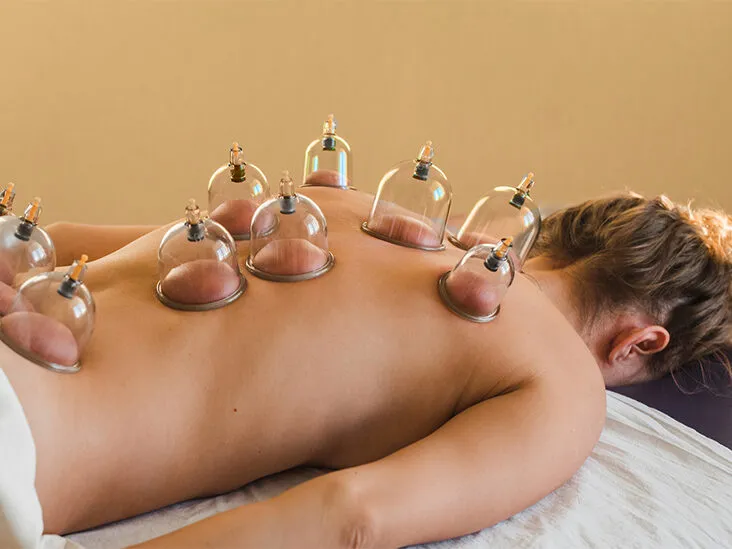
Cupping therapy, an ancient alternative medicine practice with roots in Traditional Chinese Medicine, has gained renewed popularity in recent years, becoming a staple in wellness circles around the world. This practice involves placing suction cups on the skin to create a vacuum effect, which proponents claim helps with various ailments, including muscle pain, inflammation, and stress relief. As more individuals explore holistic healing methods, cupping therapy is often lauded for its purported health benefits and unique approach to promoting well-being.
Despite its growing popularity, cupping therapy remains a topic of debate among healthcare professionals, with some praising its effectiveness and others questioning its scientific basis. As with any therapeutic practice, understanding the techniques, benefits, and potential risks associated with cupping is essential for those considering it. This article delves into the history, methodology, and current trends of cupping therapy, offering valuable insights for both enthusiasts and skeptics alike.
Benefits of Cupping Therapy
Cupping therapy is believed to provide a range of health benefits, primarily by promoting blood circulation and enhancing the body’s natural healing processes. The vacuum effect created by the suction cups can lead to temporary local swelling, which may alleviate muscle tension and reduce pain. Many individuals report feeling immediate relaxation and stress relief after a session, making it an appealing option for those seeking alternative treatments for chronic conditions. Additionally, many wellness centers and practitioners offer tailored sessions that can be specifically designed to target individual concerns, and one can easily find cupping therapy near me to begin their wellness journey.

Criticism and Cautions
Despite the enthusiasm surrounding cupping therapy, it is essential to approach this practice with caution. Critics argue that scientific evidence supporting its efficacy is limited and call for more rigorous research to validate its health claims. Side effects such as bruising, skin irritation, and discomfort can also occur, particularly if the cups are applied with excessive force or left on the skin for too long. Individuals considering cupping therapy should consult with a qualified health professional to discuss their specific health needs and ensure that this therapy is appropriate for them.
In conclusion, cupping therapy presents a fascinating intersection of ancient wisdom and contemporary wellness trends, drawing interest from those seeking alternative routes to health and healing. While many individuals report positive experiences and relief from various ailments, it is crucial to navigate this practice with discernment, recognizing both its potential benefits and limitations. As the wellness community continues to evolve, informed discussions around cupping therapy will foster a greater understanding of its role within holistic health. Ultimately, individuals should prioritize personalized care and consult with qualified professionals to ensure safe and effective treatment, allowing them to fully explore the diverse landscape of therapies available today.






